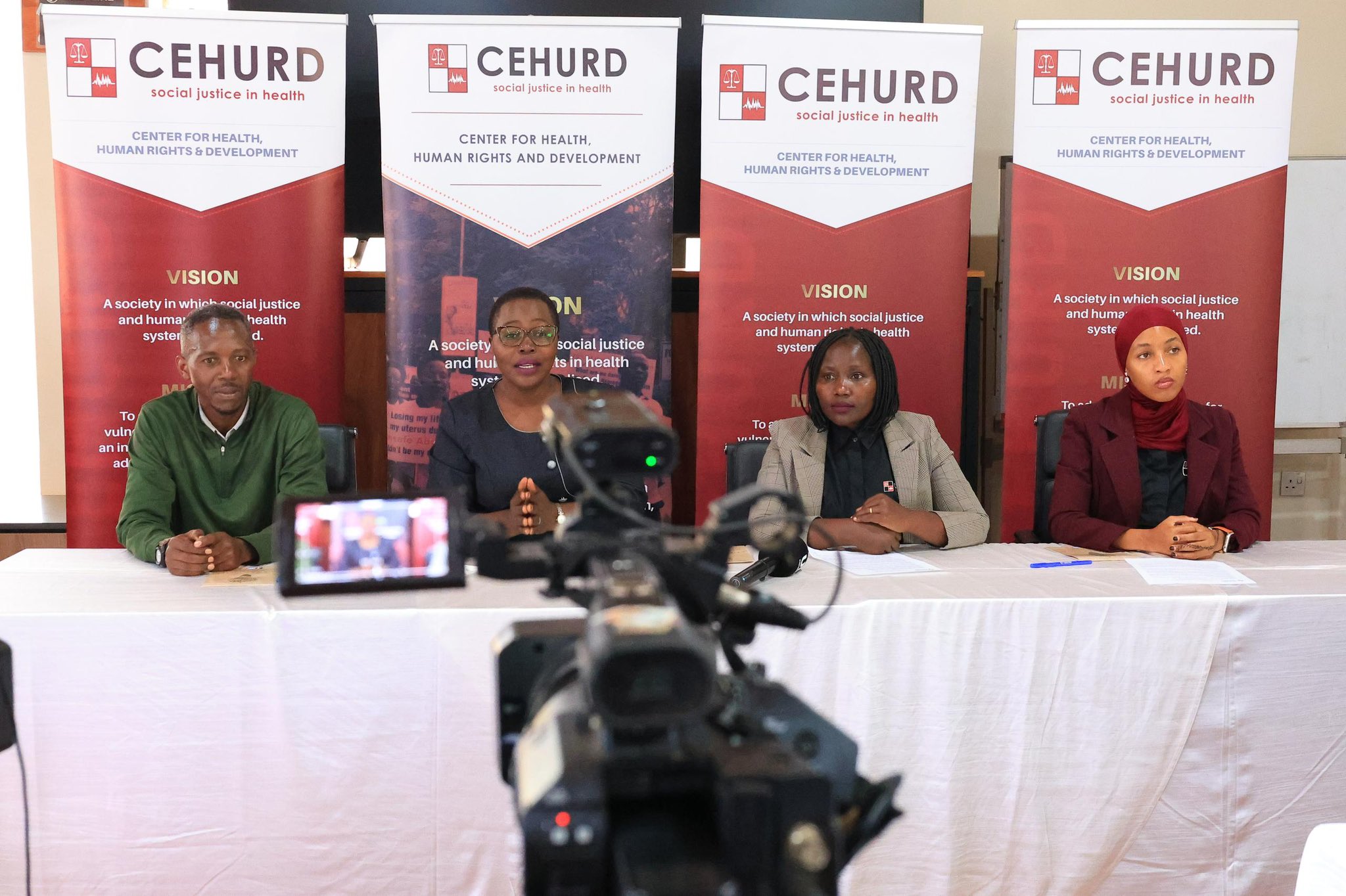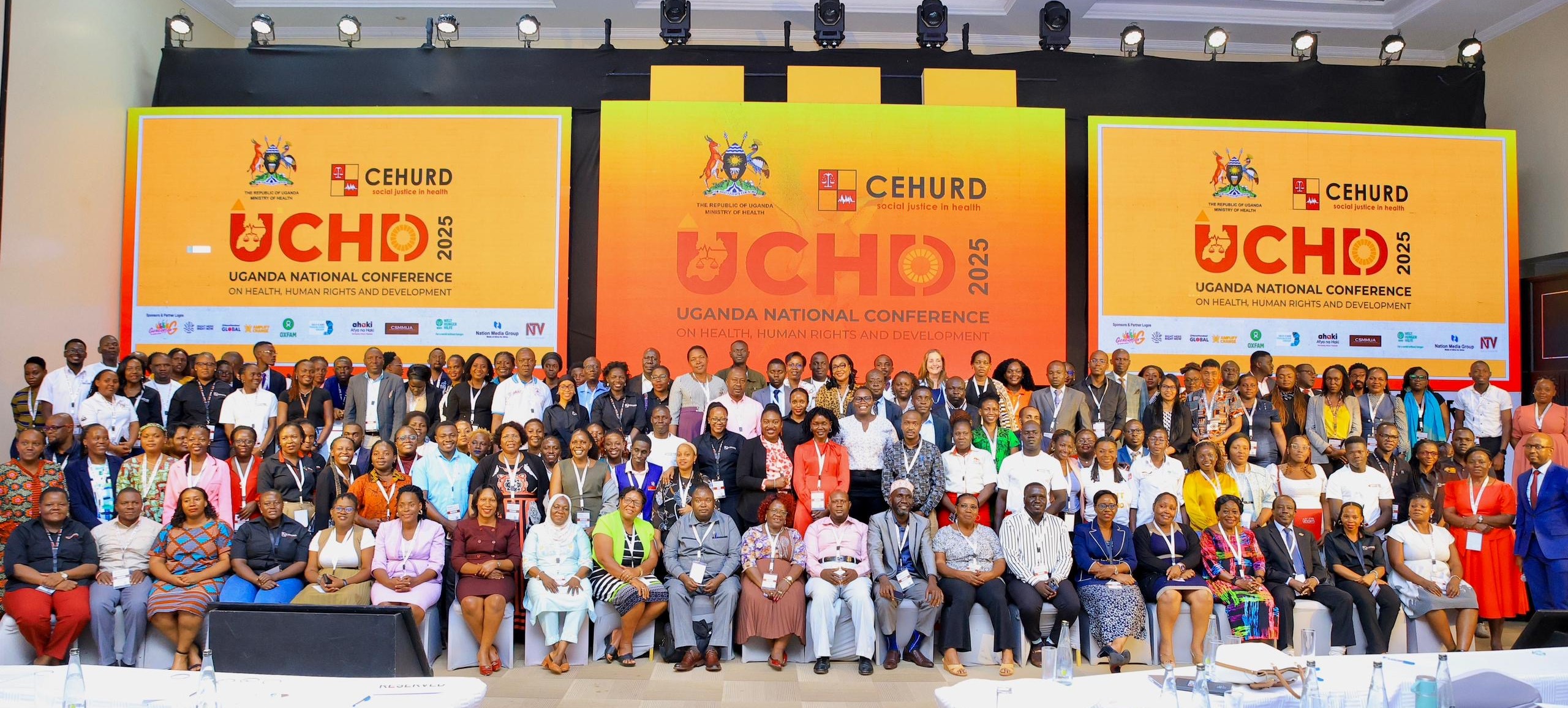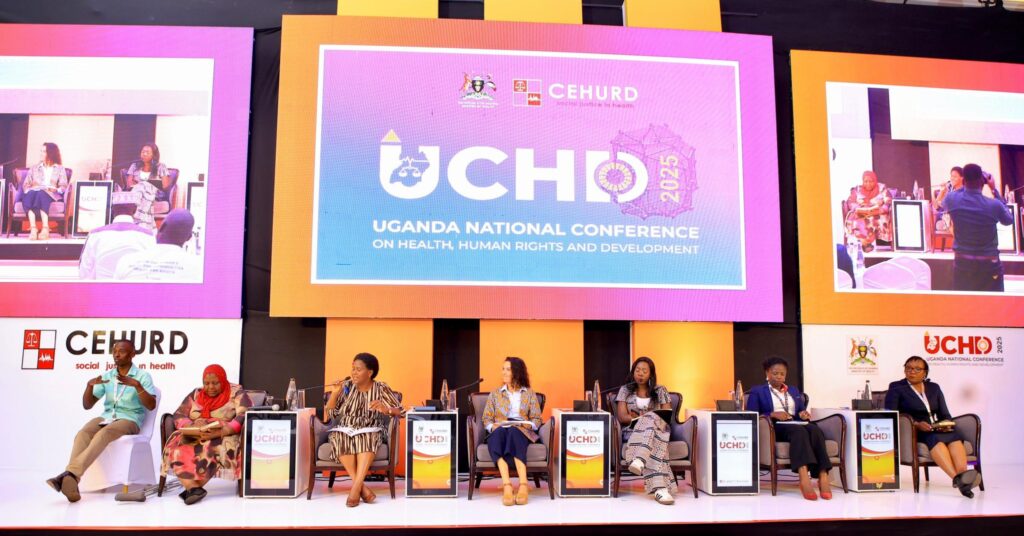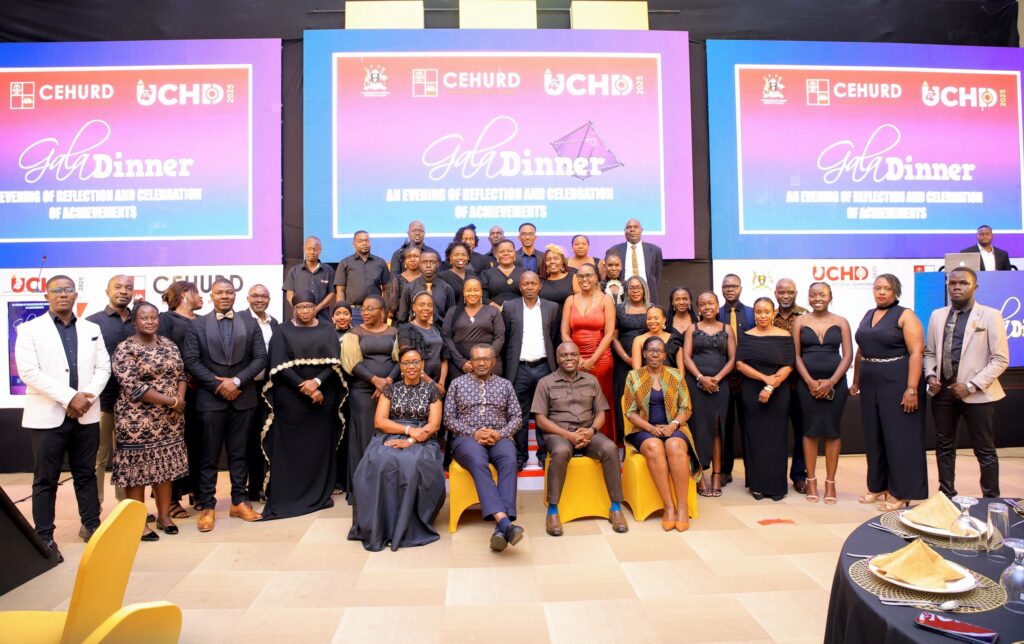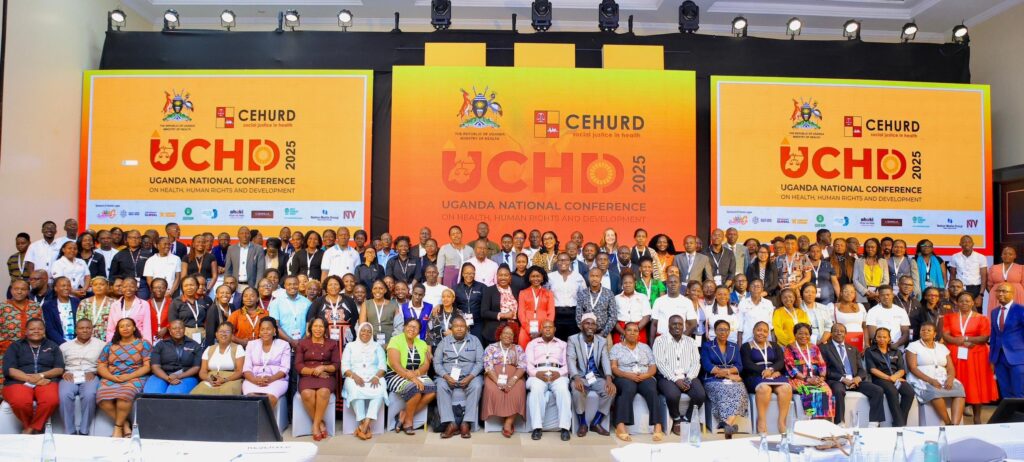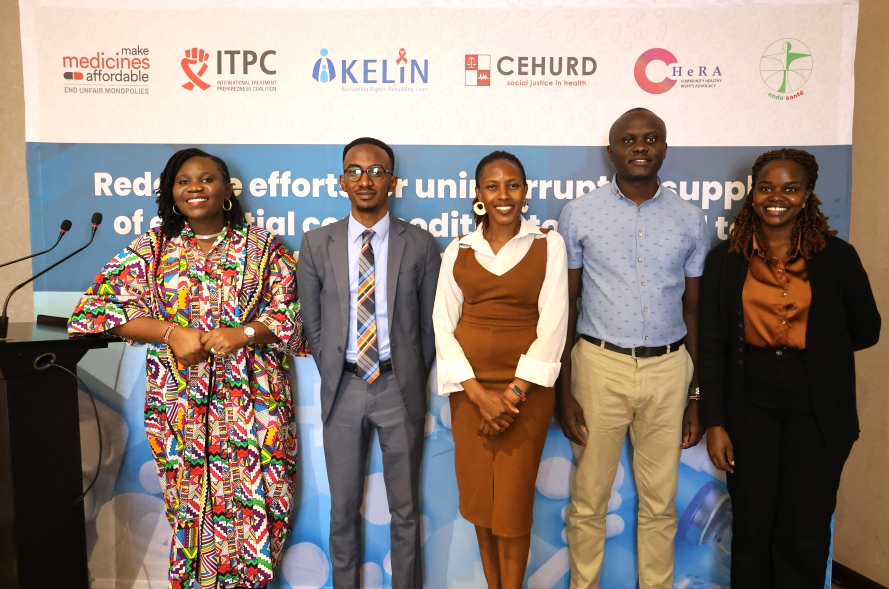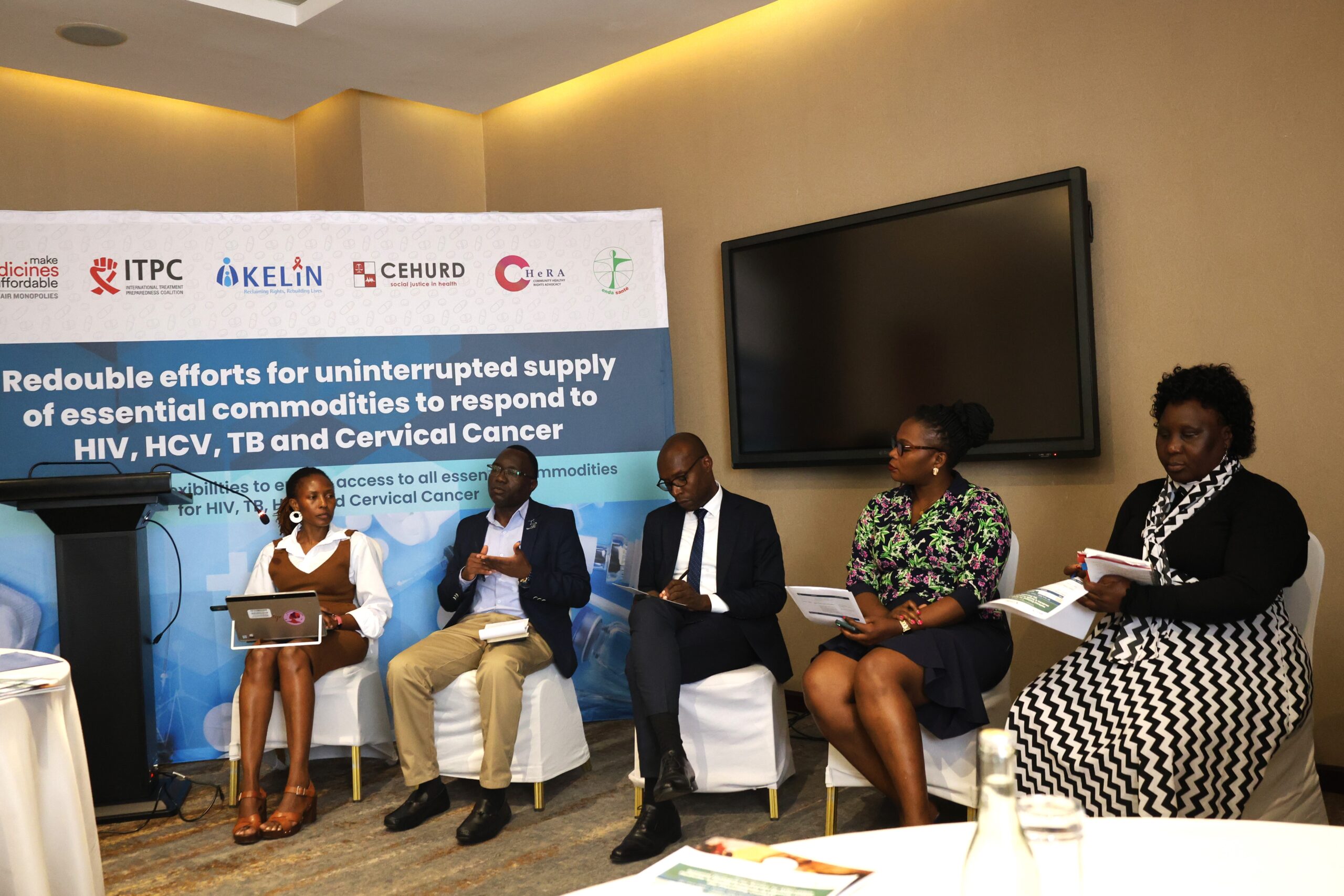“I was already on HIV treatment. When I found out I was pregnant, I was terrified. I knew I could not continue with the pregnancy, but where could I go safely?”
This is the story of Veronica (real name withheld), a 17-year-old teenager and a mother living with HIV whose immunity is compromised due to poor feeding and no meaningful source of income. Her only option was to terminate the pregnancy.
Stories like this are now becoming common in Uganda but never spoken about. They are whispered in hospital corridors and shared quietly among young women and teenagers. For many, the ending is tragic. Unsafe abortion remains one of the leading causes of maternal deaths resulting from severe complications such as sepsis and haemorrhage, among others.
Uganda records about 43 abortions for every 1,000 women of reproductive age, most of them unsafe. Behind that number are young girls afraid of being expelled from school, mothers already struggling to feed their children, and women living with HIV, TB who know that another pregnancy could compromise their immunity and livelihood.
The dangers are intensified when infectious diseases are part of the picture, because pregnancy weakens a prospective mother’s immune system, and the risk of opportunistic infections rises. And when unsafe abortions are carried out in unsterilized environments, one would be prone to imminent death. Other complications like severe bleeding or anemia further make malaria, one of Uganda’s deadliest illnesses even more dangerous for women.
Unsafe abortion ties into and is woven in the lives of young women in rural areas who pay the heaviest price considering that HIV infection rates are highest in this age category. The suffering is inescapable. Maybe access to safe and legal abortion could save countless lives like Veronica. It would keep women in HIV and TB care, reduce malaria risks, and ease the burden on hospitals that are currently overwhelmed by treating preventable complications.
Uganda has made significant progress in reducing maternal deaths, currently estimated at 189 per 100,000 live births (2022). However, this figure is still far above the SDG 3.1 target of 70 per 100,000 live births. To close this gap, government action is urgently needed to address the major causes of maternal mortality, including unsafe abortion. This requires clear provision of post-abortion care, and the expansion of the legal grounds under which abortion can be accessed.
We ought to remember that numbers tell only part of the story. Behind every number are hidden tragedies – the young woman who never makes it to the hospital in time, the mother whose children are left behind, and the girl forced to abandon her education. The spirit of the abortion law and how it is implemented has an important bearing on maternal health and teenage pregnancy and can influence reduction of the burden on healthcare system. It has the capacity to enable or disable access to safe abortion and body autonomy.
We should seek to expand grounds for safe abortion and access to SRH commodities as well as other related family planning services. The law ought to be a little clearer and unburden healthcare workers from being caught in the grey and retrogressive criminal justice system by allowing duty bearers to implement it in a manner that is tangible, accessible and fair.
Safe abortion is not just a medical service. It is dignity. It is survival. It should be part of our fight against HIV, TB, malaria, and overall preventable maternal deaths. Uganda cannot afford to lose more lives in silence and stigma. We owe our women better!
Compiled by Kitandwe Rhodine is a Health Rights champion and lawyer working with Center for Health, Human Rights and Development (CEHURD); kitandwe@cehurd.org


